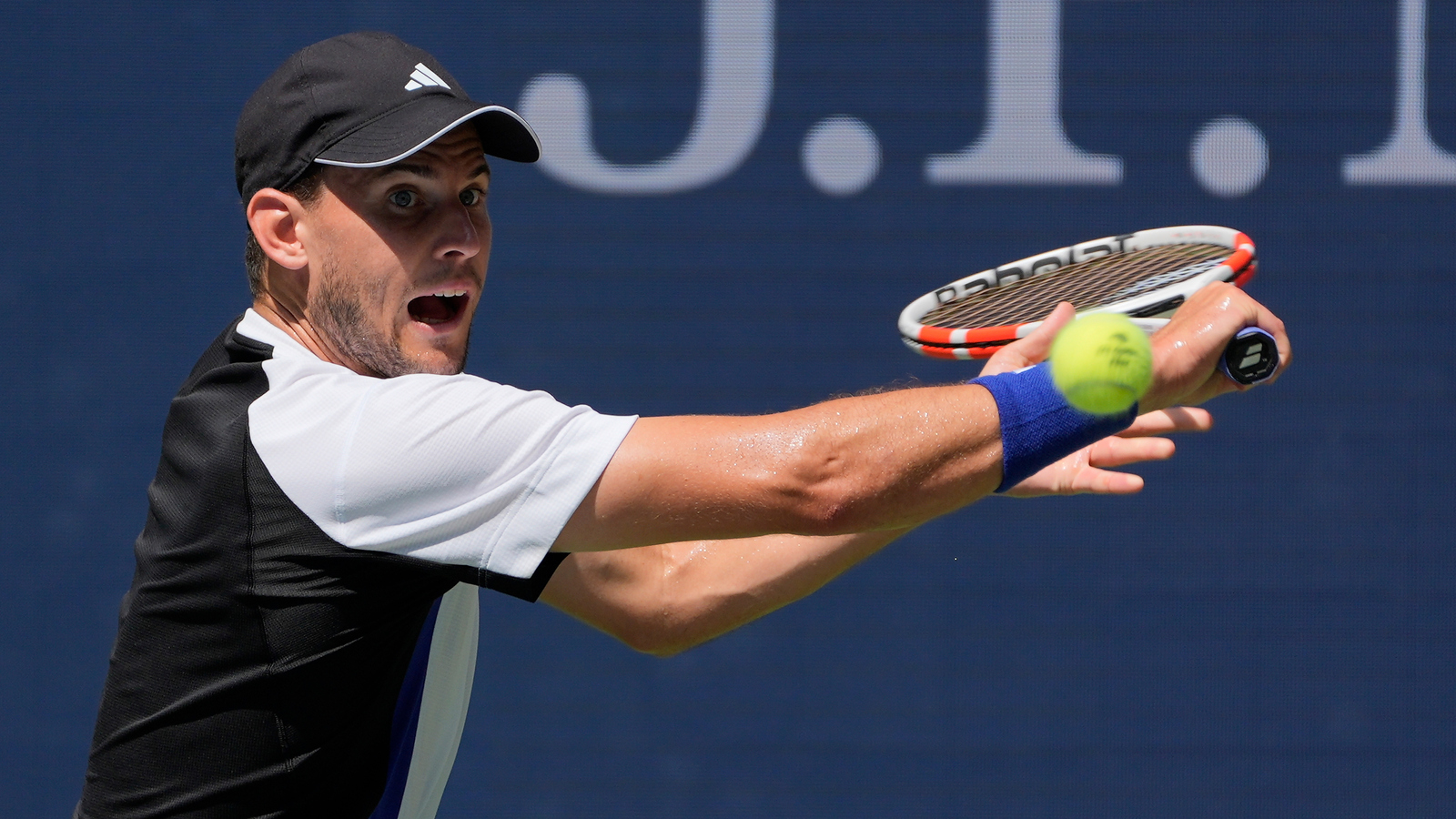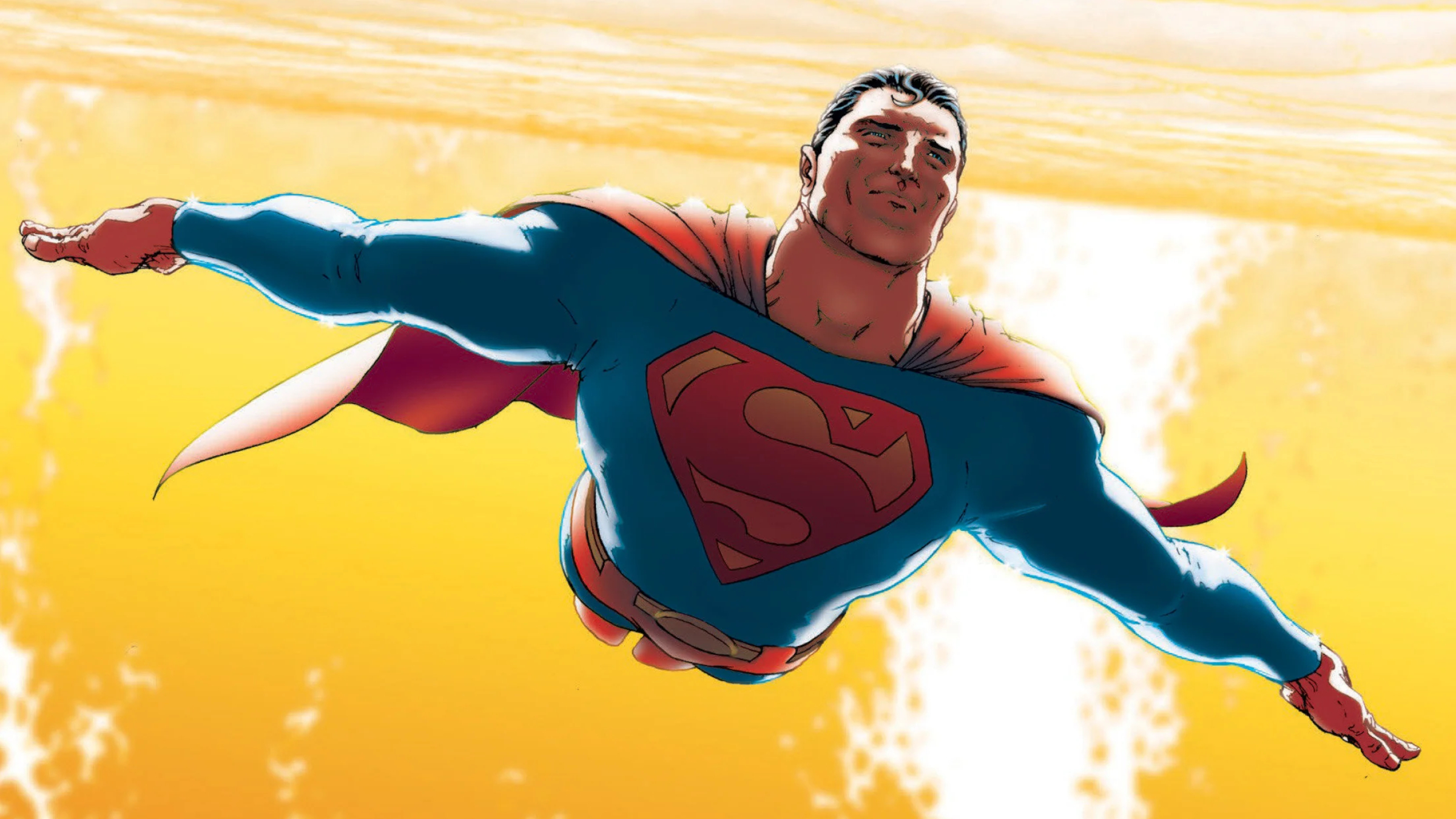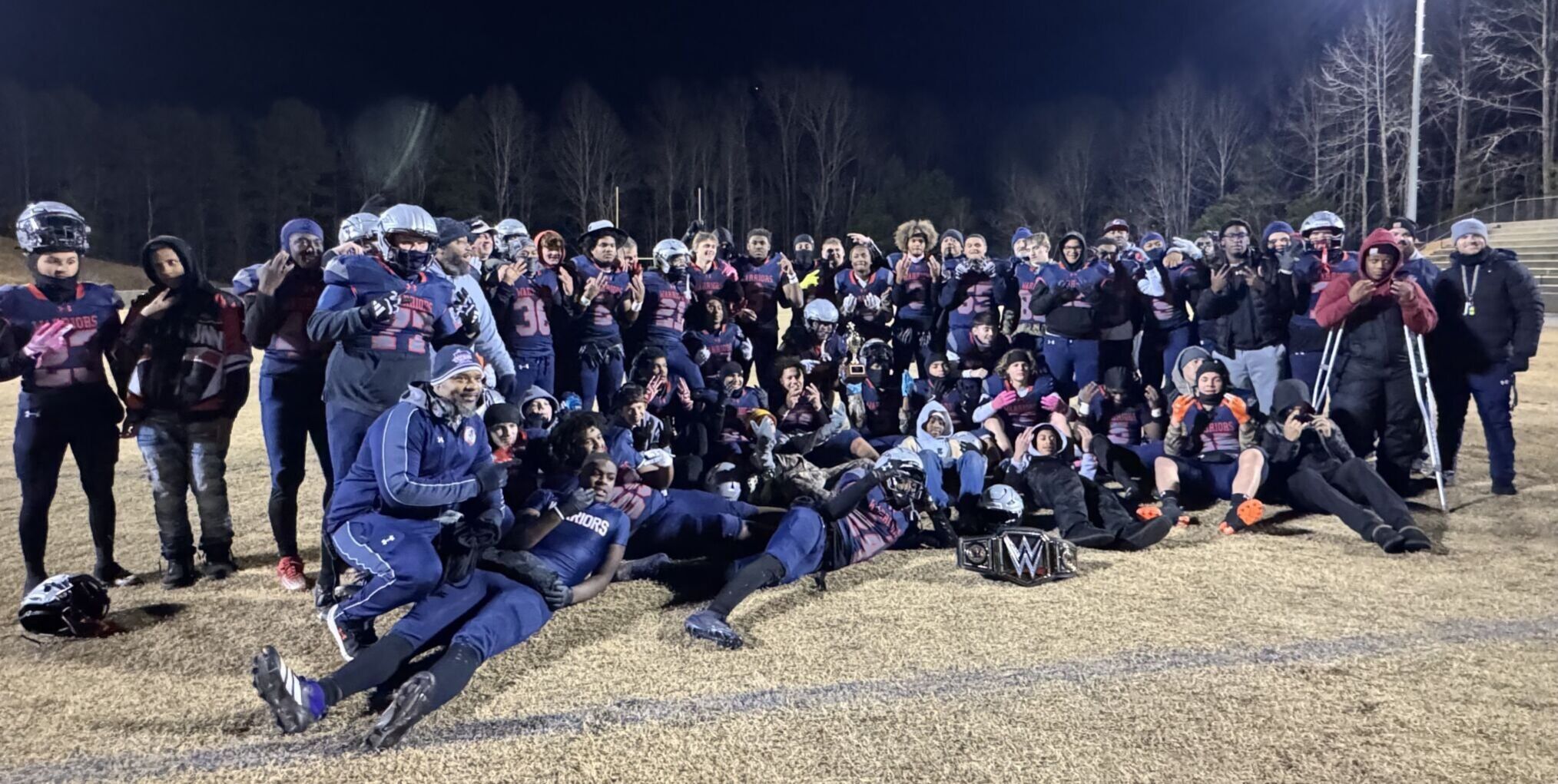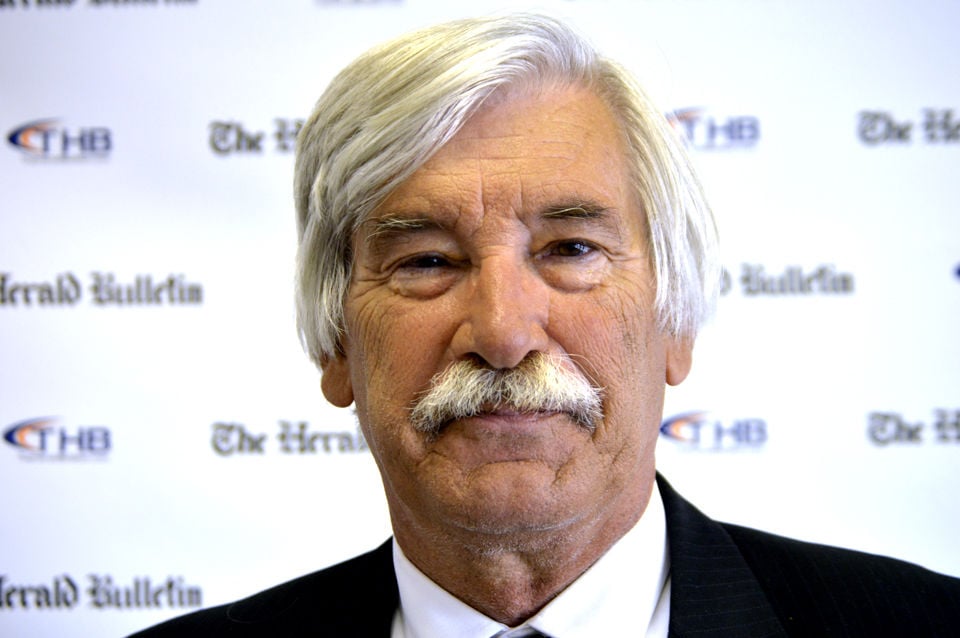Dominic Thiem, the 2020 US Open champion and former world No. 3, voices his concerns about how financial hurdles can limit young tennis players. Speaking on the Spanish podcast Jot Down Sport, Thiem underscores the heavy expenses involved in turning professional.
Dominic Thiem Dives Into the Concept of Prize Money in Tennis

Key Takeaways:
- Dominic Thiem is a former world No. 3 and 2020 US Open champion
- He spoke on the Spanish podcast Jot Down Sport about tennis’s steep financial demands
- Many young players struggle with the cost of travel, coaching, and equipment
- Thiem suggests prize money alone rarely covers these substantial expenses
- The rising costs may lock out future talent without sufficient financial support
Dominic Thiem’s Career and Influence
Dominic Thiem earned recognition as a former world No. 3, reaching great heights in men’s tennis. His most notable achievement came in 2020 when he secured the US Open title. With this track record, Thiem’s insights carry significant weight within the tennis community.
Financial Challenges in Tennis
During an interview on the Spanish podcast Jot Down Sport, Thiem highlighted the reality that tennis can be financially out of reach for many young players. While fans see the glamour of star-studded matches and sponsorships, the path to the top often involves travel, coaching fees, and equipment costs that can accumulate quickly—potentially shutting out promising athletes from lower-income backgrounds.
How Prize Money Fits In
Prize money is often viewed as the main source of income for professional players, yet Thiem’s comments suggest it might not be sufficient for developing talent. Expenses in the early stages can be overwhelming, making it difficult to sustain a career without additional financial support. For many players outside the top ranks, earnings rarely cover their increasing overhead costs.
The Way Forward
Thiem’s reflections emphasize the need for more discussions around funding and inclusivity in tennis. By shedding light on the financial barriers faced by aspiring professionals, he sparks an important conversation about prize money distribution and sponsorship. His perspective invites both organizations and established players to consider ways to make the sport more accessible for the next generation.











